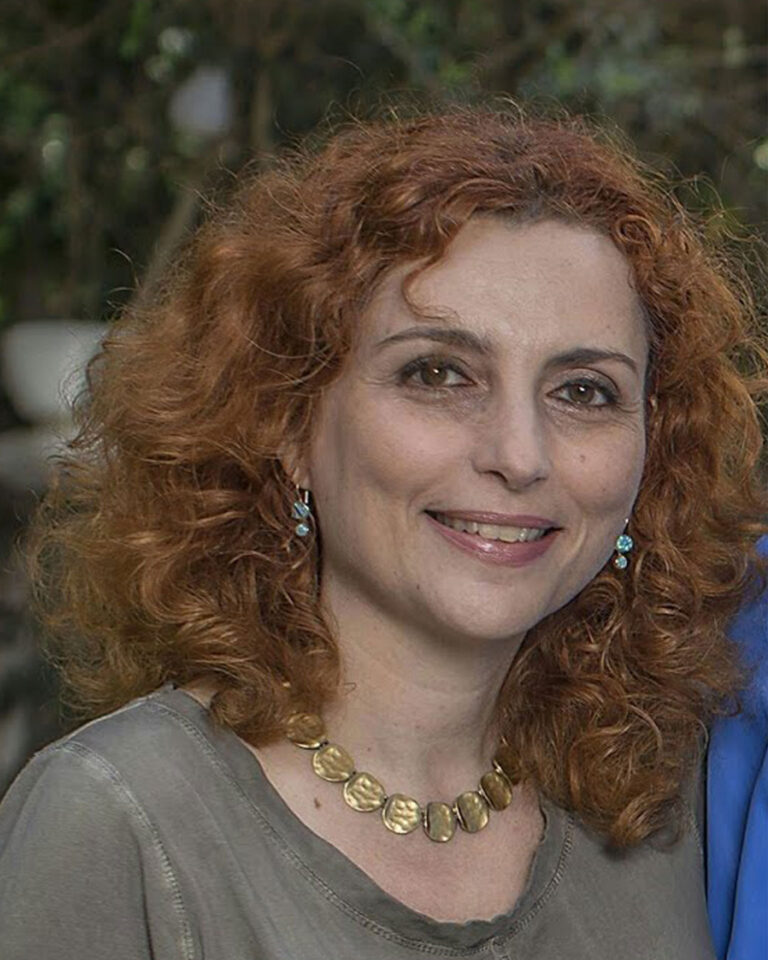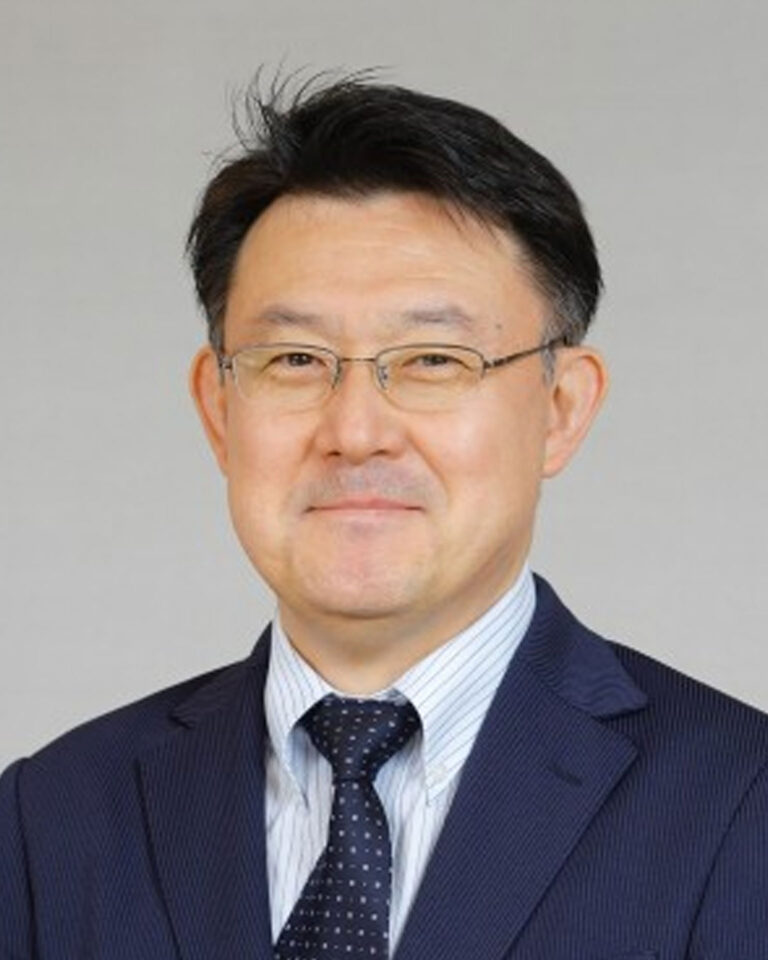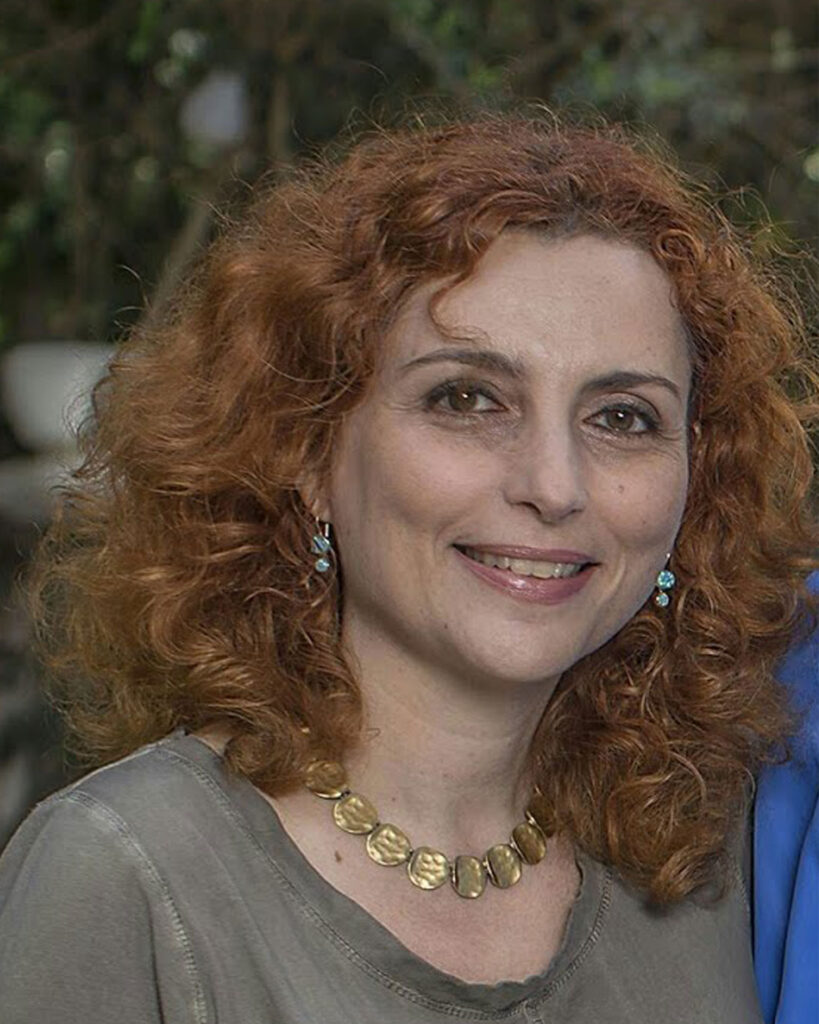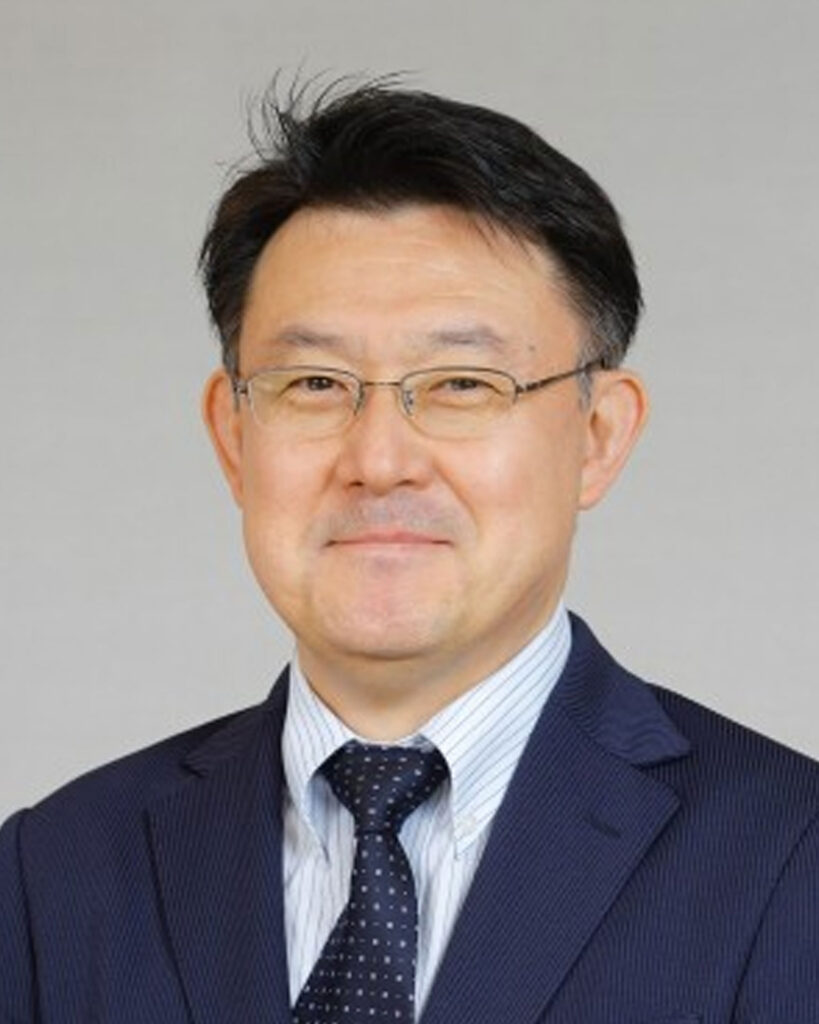Prof Andreea Nissenkorn is a Pediatric Neurologist leading a large clinic of children with epilepsy and rare genetic disorders. Her main research topics are epilepsy and autism caused by voltage gated sodium channels (SCN1a, SCN2a and SCN8a), and voltage gated potassium channels KCNQ2 and KCNQ3.
Prof Nissenkorn is especially interested in using bioinformatic methods and molecular dynamics simulation for predicting functional significance of pathogenic variants in voltage gated sodium and potassium channels, with direct implications for treatment in patients.
Additional research areas are translational medicine and personalized treatment, including N-of-1 trials with repurposed drugs.
Disclosures
Honoraria or consultation fees: MEDISON
Grants/research support: Neopharm







